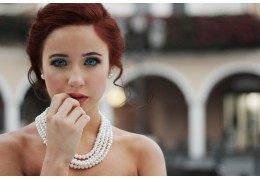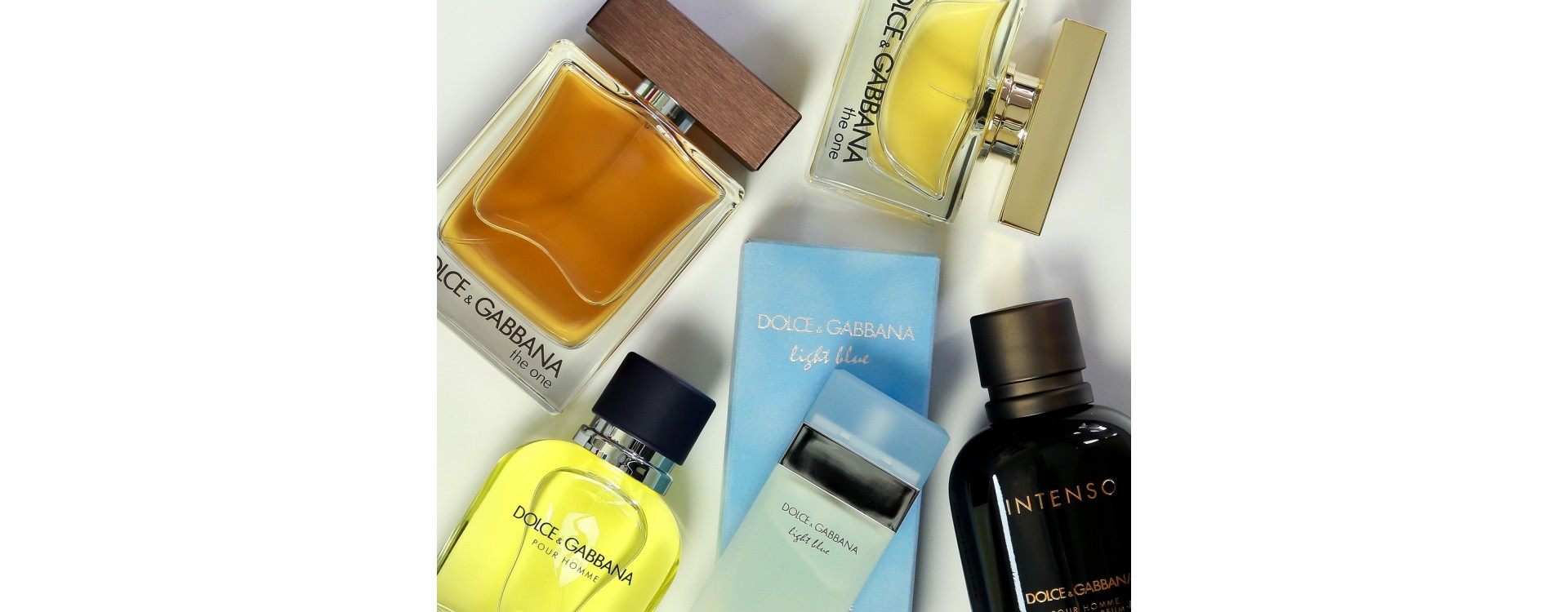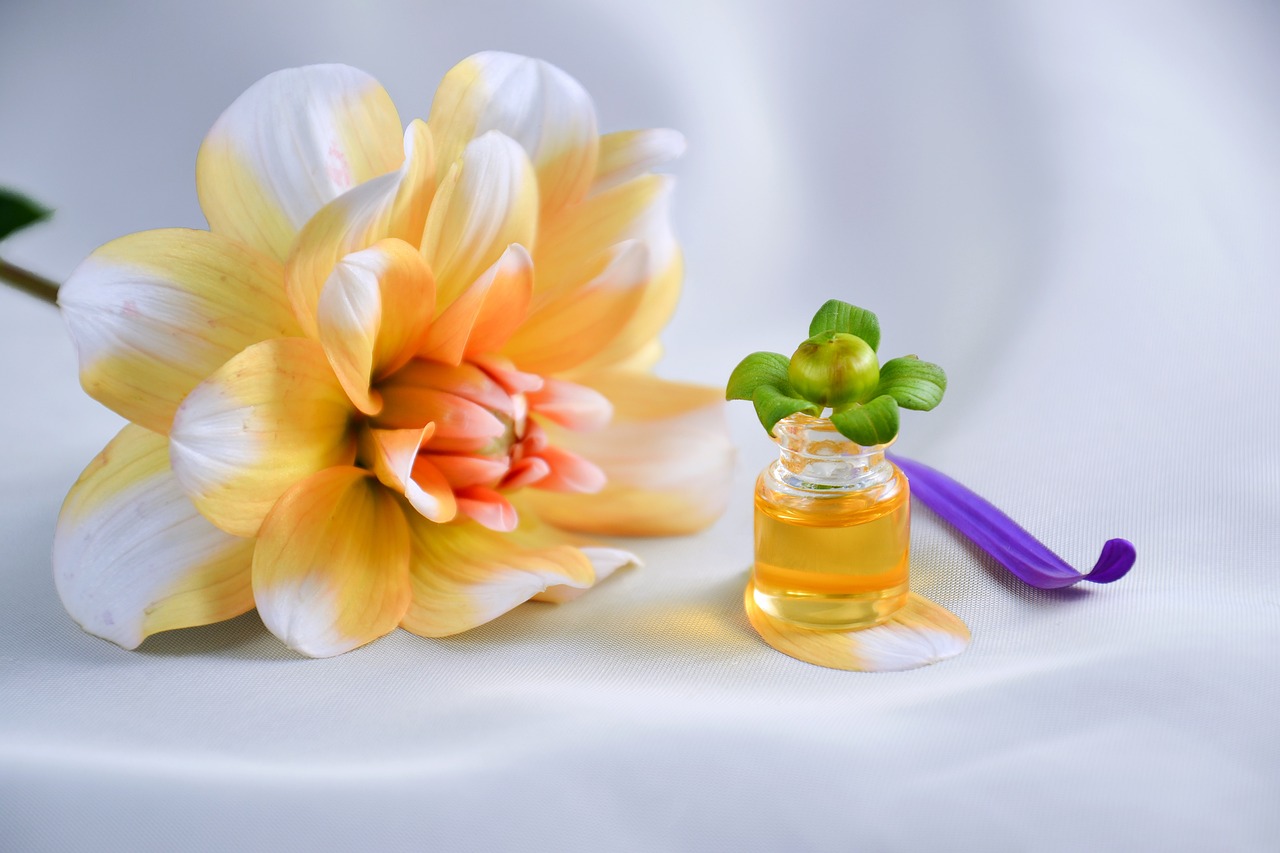Blog categories
Search in blog
Popular posts





Featured posts






Perfume has long been a symbol of luxury, with its ability to convey a person's personality, style and mood. It has also been used to communicate status and wealth, and has served as a marker of social class throughout history. However, in recent years, the perfume industry has seen major changes, with the emergence of niche independent perfumers and the increased availability of affordable fragrances. This led to an increase in demand for different types of perfumes, from mass market to niche perfumes, and challenged the idea of perfume as a symbol of luxury. In this article, we will explore the changing trends in the perfume industry and analyze if perfume is still a symbol of luxury.
The oldest use of perfume is attested in ancient Sumer, an ancient region of Mesopotamia, where flowers were kept as perfume and consumed by women as a drink. The Egyptians invented herbal perfumes. The oldest known perfume is a mixture of herbs called "fragrance", which is said to have been created around 3000 BC. Natural perfumes were known and used in India before the 11th century AD. At the time of the great kings of France, the people of the court used perfume massively to alleviate hygiene problems. They thus contributed to giving the perfume a luxurious image.

Synthetic perfumes were improved and commercialized in the 19th century, when the first synthetic perfume factory opened in France. The modern perfume industry originated at the end of the 19th century, when perfumes were first mass-produced. This period also saw the advent of advertising, which helped spread the popularity of perfumes and increase demand.
The changing trends in the perfume industry have been a major factor in the development of the perfume industry and the status of perfume as a luxury product. In the early 20th century, perfume was used to convey a person's mood and personality, and was used as a status symbol by social elites. The introduction of affordable perfume brands, the popularity of celebrity endorsements and the emergence of the "natural" trend have contributed significantly to changing trends in the perfume industry.
The "natural" trend, which took off in the 1930s and remained popular until the 1950s, is characterized by the use of plant extracts in perfumes. During this time, companies have used a variety of natural ingredients, from citrus peels to flowers. However, the popularity of the "natural" trend was short-lived, as the trend quickly shifted from natural ingredients to synthetic elements.
The importance of trends in the perfumery industry is also reflected in the impact of mass-market fragrances on the luxury status of perfume. During the golden age of perfume, in the 1930s and 1940s, consumer brands contributed significantly to the development of the perfume industry and the luxury status of perfume. These brands, which contained little or no scented ingredients, were widely purchased by consumers due to their reputation for quality and expensive ingredients.

The high price of these perfumes made them symbols of luxury, as they were unaffordable for most consumers. However, with the emergence of the "natural" trend in the 1950s, these luxury perfumes were increasingly replaced by natural and less expensive perfume brands. The "natural" trend, which was initially popular among young people, was often seen as a "natural progression" from luxury fragrance brands. The decline in popularity of the "natural" trend has also contributed to the decline of the luxury status of perfume.
Changing trends in the perfume industry have also led to an increase in the number of niche perfumers, who produce high-end perfumes, which are often more expensive than mass-produced perfumes. The emergence of luxury niche perfumers has been another factor affecting the luxury status of perfume.
The luxury niche perfume market is relatively new, with the first niche perfumer, Estée Lauder, only beginning to sell perfumes in the 1960s. this market are often intended for a wealthy clientele wishing to stand out. These perfumes are indeed quite difficult to produce in large quantities.

In the 21st century, changing trends in the perfume industry have challenged the luxury status of perfume. The rapid growth of the perfume industry and the popularity of cheaper perfume brands has led to lower prices and the availability of many types of perfumes, from mass market to niche perfumes. Although the price of most perfumes has increased over time, the cost of luxury perfumes has continued to fall, with the average price of the most expensive perfumes in 2015 being lower than the average price of the most expensive perfumes in years 1950.
However, the great perfumers (Dior, Chanel, Jean-Paul Gautier, or even Paco Rabanne who has just left us) continue to produce luxurious perfumes and the enthusiasm for them does not weaken. There is therefore room for great perfumery as well as for cheap perfumes. Most women have several perfumes to change the scent according to their mood. We can therefore conclude that perfume is still a symbol of luxury, but today there are other options on the market.